let me just post the story maybe that will help? I'm not sure how dowsing works too much.
Another good treasure site in Hawaii is the story of six buried chests on the island of Oahu. This story began in 1823, when a longboat with three men aboard slowly made its way into the Honolulu harbor. The three men were Robinson, Brown, and Monks. This is Monkss story, and, if true, it is worth looking into.
Robinson had said that he was the captain of a ship called the Peruvian which ran into a storm southwest of the Hawaiian Islands. At a point some twenty miles west of Oahu the ship began to sink, and Robinson ordered the crew into three longboats and abandoned the ship. The other two longboats were apparently lost, as there is no record of anyones seeing them.
About a month after arriving, Robinson and Brown obtained passage on a ship bound for Australia and were never seen again.
Several days later, Monks was found unconscious, stabbed, and terribly beaten in the brush back from the beach. He refused to say who had done this to him, and almost up until his death in 1828, his lips were sealed. For a year before he died, he was cared for by an elderly Hawaiian couple who lived on what is now Beretania Street. In payment for their kindness to him, he told them what he said was the true story of the Peruvian.
Monks told them that in July 1821, he was master of a small coastal vessel off South America and was offered the job of quartermaster on the Peruvian at Callao, Peru.
Those were the days when South American countries were trying to throw off the yoke of Spain, and revolutions and the sacking of cities were going on almost constantly. Callao was being evacuated, and the Viceroy was trying to flee to safety. Ships were in great demand to carry to safety the gold, silver, and church plate to keep it out of the hands of the revolutionaries.
The Peruvian was loaded with treasure, and its captain, Robinson, ordered her to set sail for Guam, the nearest possession. En route, Robinson changed course and sailed due east for the Sandwich (Hawaiian) Islands. On nearing Oahu, Robinson gave orders to sail close in to shore. He appeared to be looking for a landmark. Then he ordered the ship to put out to sea, heading south. That night, showing no lights, he circled back toward the island and passed Honolulu Harbor and the Pearl River, then continued on to the west point of the island and there hove to.
The next morning Robinson was in a jovial mood and ordered a barrel of rum broken out for the crew. Enjoy yourself, he said, its my birthday.
By evening the crew was drunk. Only Robinson, Brown, Monks, and three sailors singled out by Robinson, did not partake. The drunken men were carried below on Robinsons orders, and the hatch cover securely battened down. A longboat was brought alongside, and six chests were carried from Robinsons cabin and placed in the boat.
Monks and Brown got into the boat. Robinson took a seat in the bow, and the three sailors he had picked out bent to the oars. Monks turned and saw that the Peruvian was settling. He realized that Robinson had opened the seacocks and soon the ship would sink with the crew trapped below.
At dusk the longboat, guided by Brown, beached on a long spit of sand and rocks on Oahu. Monks was ordered to stand by the beached boat, while the three sailors, and Brown followed Robinson toward the south side of the bluff that faced the beach. They carried with them two chests. After about an hour they returned and carried off two more chests. Once more they were gone an hour and then returned for the last two chests.
As they passed out of Monkss sight on this last trip, he heard gunshots. Robinson and Brown returned about fifteen minutes later without the three sailors.
As the three men rowed the longboat back toward Honolulu Harbor, Monks was brief on the story he was to tell. If he did not follow orders, he was told, he would die, just like the other three sailors had.
Monks never did reveal much more information than this. He was afraid of the vengeance of Robinson and Brown. He did say that Brown once told him that, at the top of the hill where the chests were buried, was a platform and a wall of fitted stone.
No doubt the place is Kaena Point. First, there is just such a spit of sand and rock as where the longboat landed. Then there is the stone platform. At the top of the cliff overlooking the sand spit at Kaena Point is the ruins of an old Hawaiian temple. It can still be located by the piles of stone there.
As far as is known, neither Brown nor Robinson returned to Oahu to dig up the buried treasure. Apparently Monks never dared to look for it either. Presumably, it is still there, waiting for a treasure hunter to come and find it.



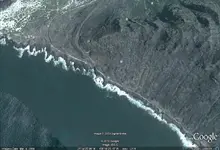
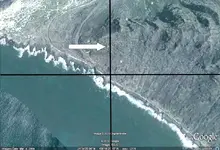
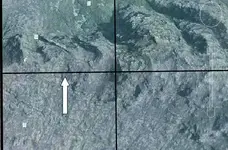
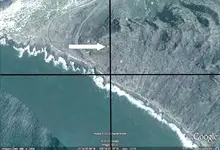
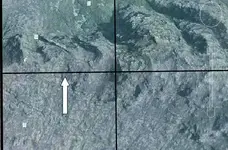
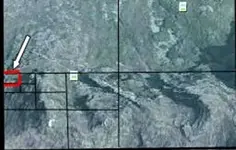


 so have you been to look at Kaena point ? Did you find anything ?
so have you been to look at Kaena point ? Did you find anything ? 